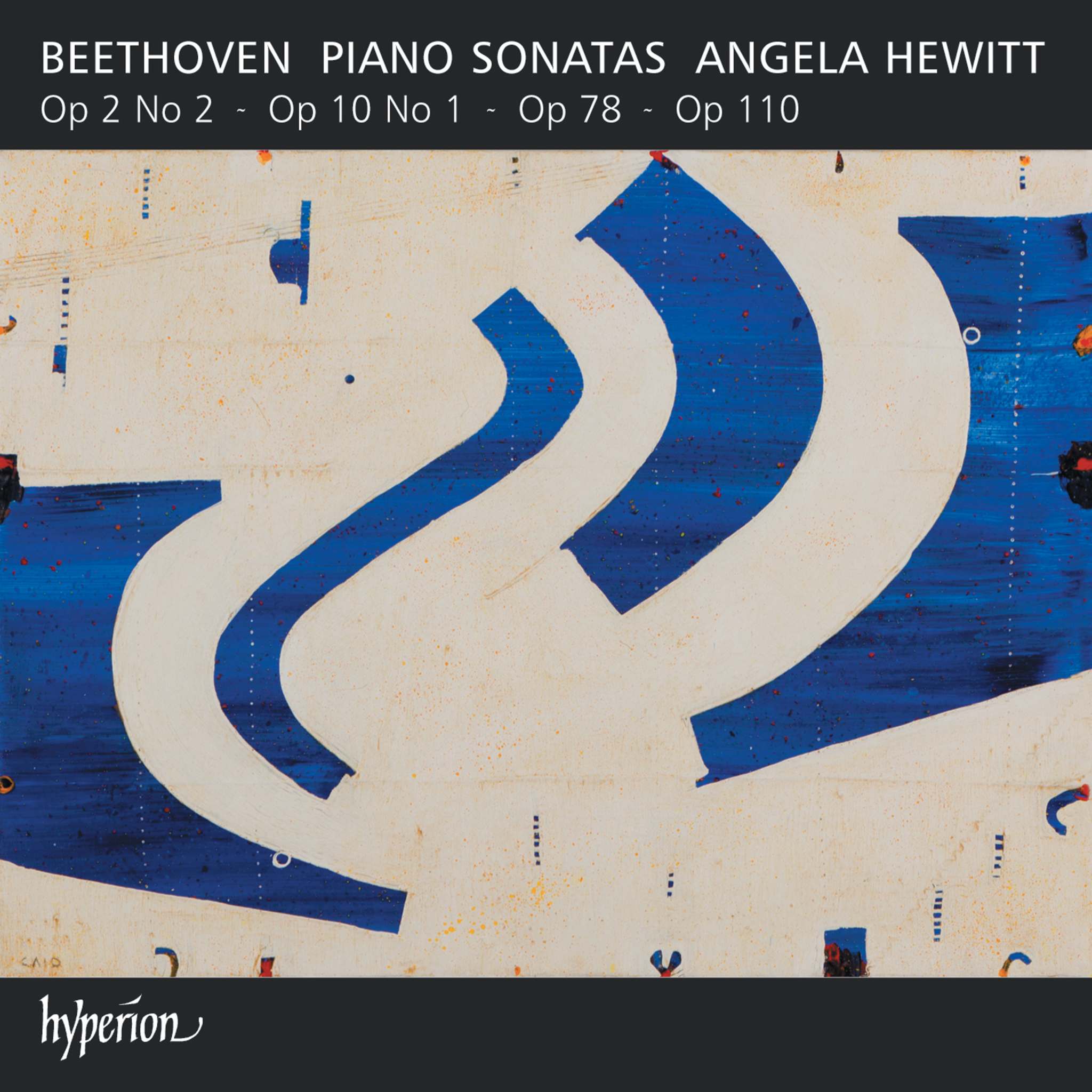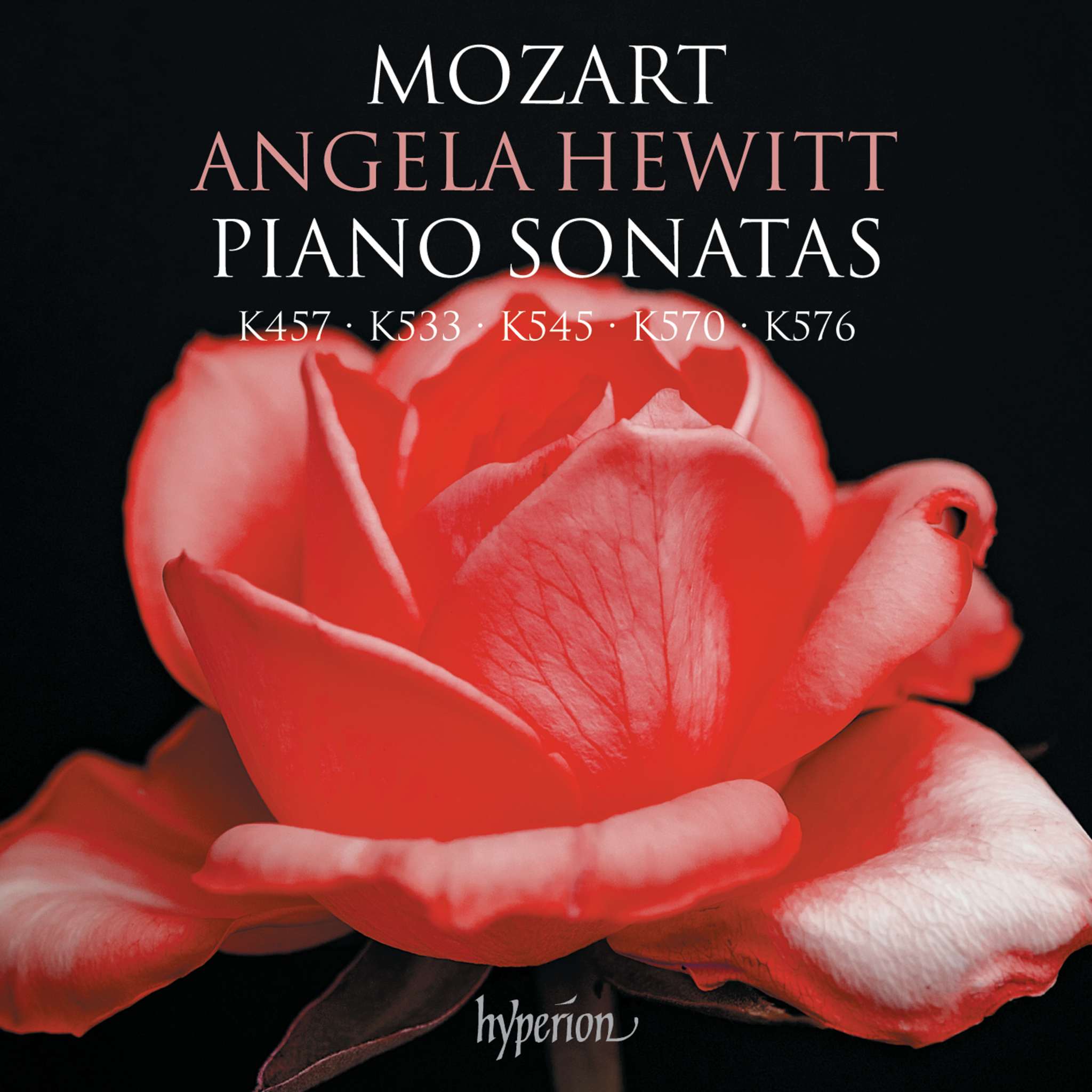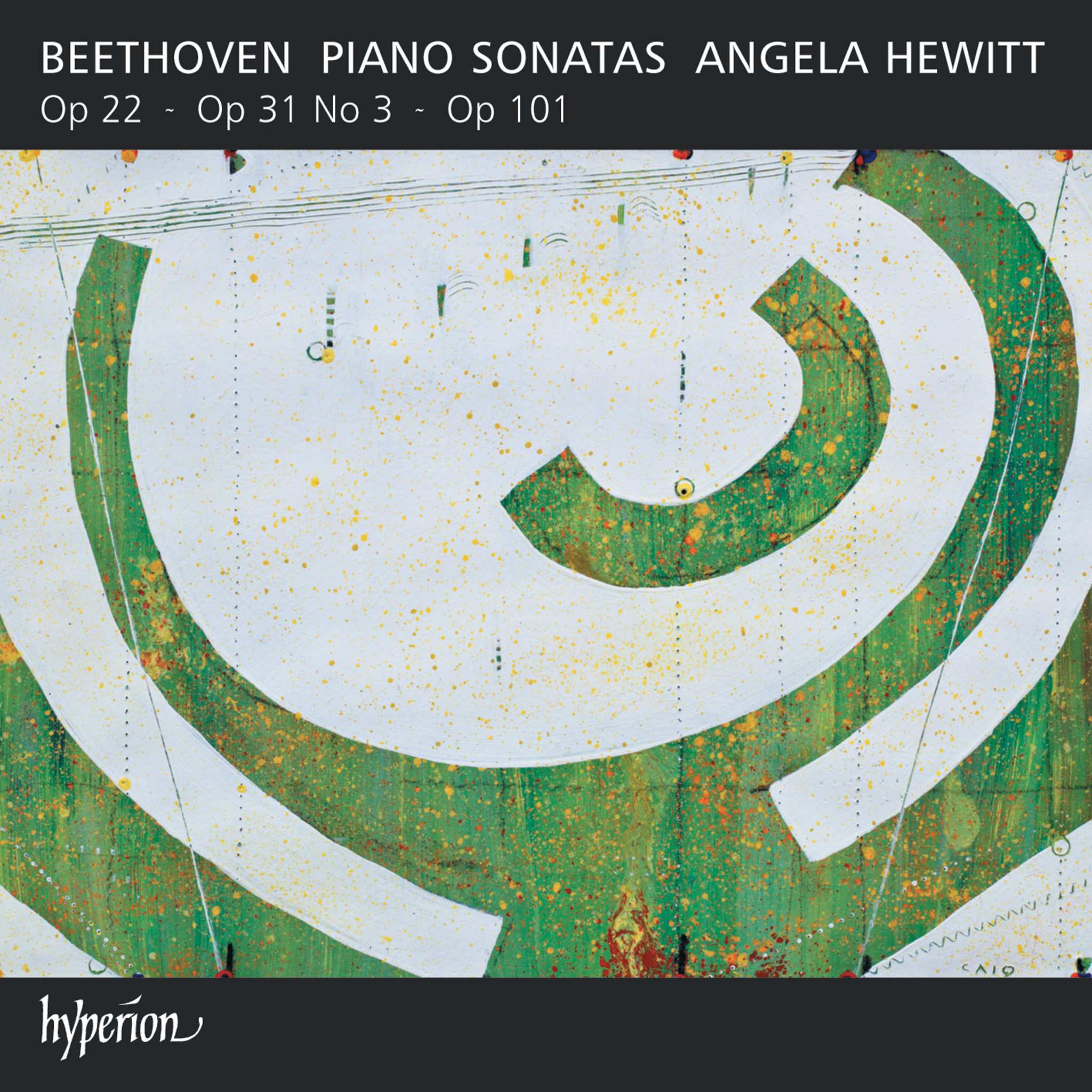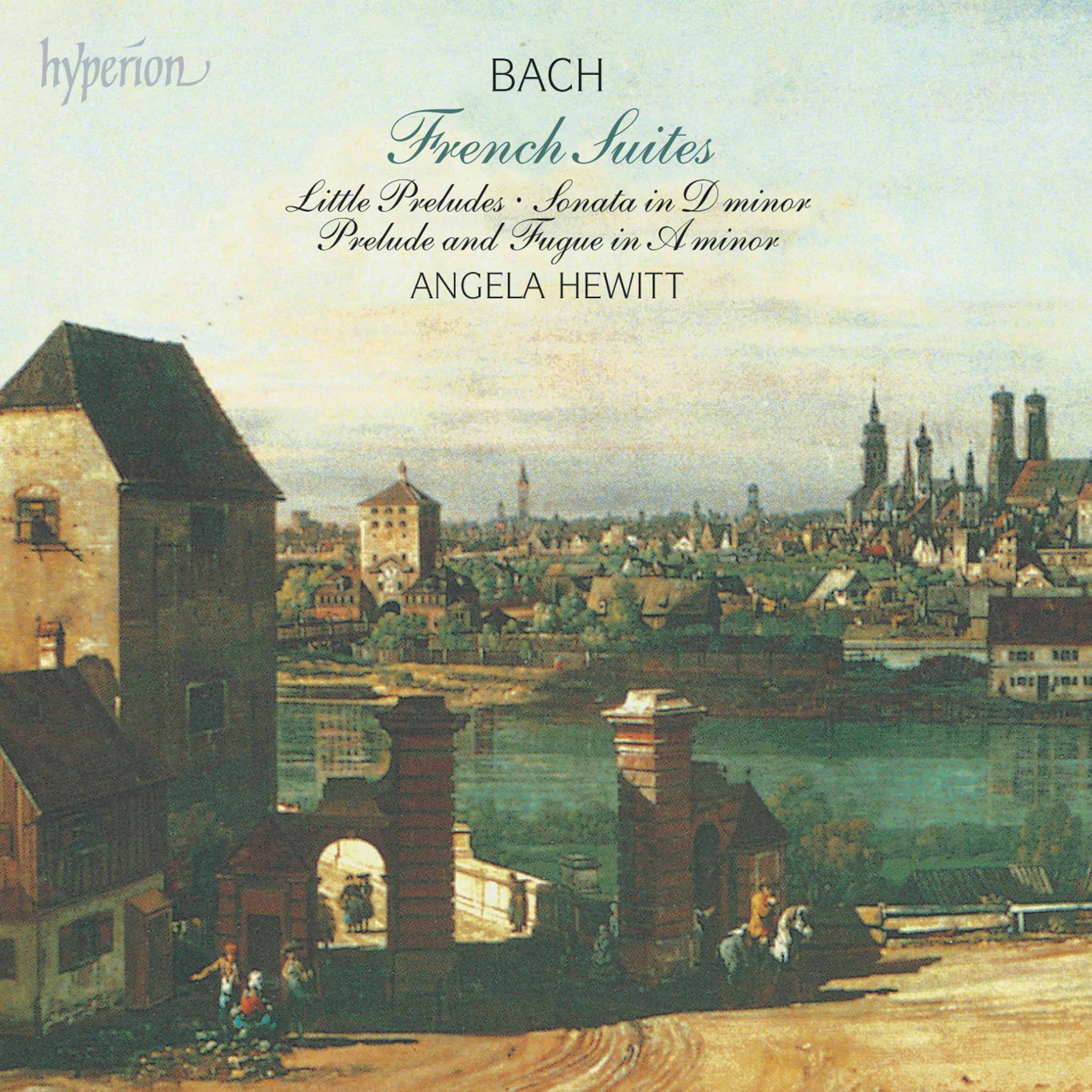Album insights
The 18th century in European music history was characterized by extensive traveling and migration. Italian singers, musicians, and composers flocked to different parts of Europe, while for many young Northern musicians, a journey to Italy remained a crucial experience. Mozart's first visit to Italy was in 1769, following the footsteps of earlier Austrian composer Christian Joseph Lidarti who arrived in Italy in 1751 and never left.
Lidarti, born in Vienna in 1730, found his musical roots under his cousin Giuseppe Bonno, a renowned instructor at the imperial court. Lidarti's journey to Italy in pursuit of meeting Niccolò Jommelli took several years but led to him abandoning opera composition in favor of instrumental music. He spent years working as a musician in Pisa until his passing in 1795. Lidarti, known for his mastery of various instruments, left a legacy of over 200 surviving instrumental works.
One of the prized pieces of Lidarti's chamber music is the G major Quartet, part of a collection housed in New York's Butler Library. This work showcases a dialogue between violins, with viola and cello providing accompaniment, creating a nuanced and pleasing vintage style piece enriched with detailed phrasing, meticulous tempo shifts, and expressiveness.
Profoundly active in composing chamber music for strings, Lidarti primarily excelled as a cellist and violinist. His three violin concertos, found in the Paganini Conservatory Library in Genoa, serve as a significant link between baroque and classical violin literature. Each concerto showcases a blend of contemporary virtuosity and historical flare, echoing styles of great composers like Vivaldi.
Analyzing the violin concertos reveals a staggering display of technical proficiency and stylistic depth. The arrangements, including elements like virtuosic variations, delicate themes, and dynamic energy, indicate Lidarti's profound skill in marrying the galant style with expressive compositions that nod towards future musical trends.
Lidarti's violin concertos, though not as renowned as those of his contemporaries, offer significant insights into a lesser-explored era of music history. Despite any direct confirmation, the shared tonalities of Haydn's and Lidarti's works hint at possible connections between the composers, with Lidarti's profound concertos likely crafted for accomplished violin virtuosos, reflecting a timeless dedication to musical craftsmanship.






